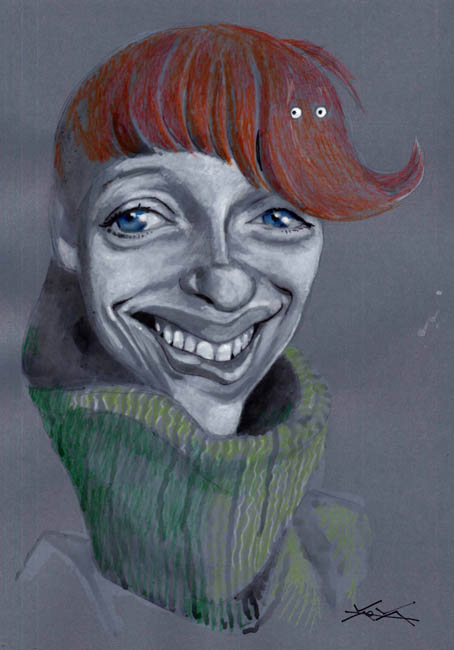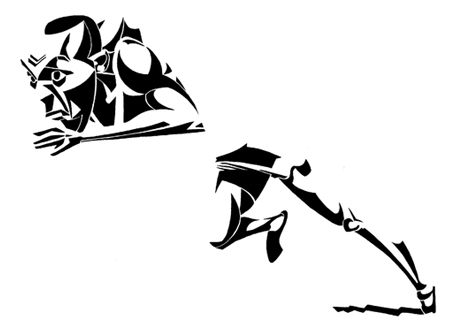
Today’s interview has a bit of a back story: A couple of months ago, I did a special on vector graphics. One of the artists I was planning to do an interview with was Xavier Salvador. Well… it turned out that he doesn’t use vector graphics at all. Of course I asked him, how he achieved his perfect black lines and shapes. Here’s his reply:
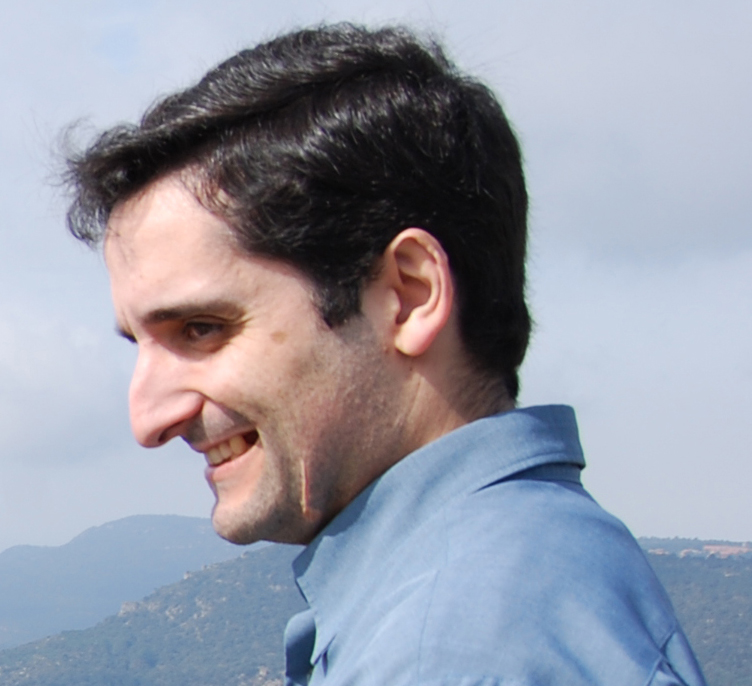 For my caricatures I use a process I invented myself. Some years ago, I used to ink my drawings – but I felt that it would take me years to learn this technique. And I don’t have the time! So I tried this: I do the first sketch and then, instead of inking, I trace with very clean lines of pencil. I scan it, and I darken it in Photoshop. Then I fill in the spaces between lines. Finally, I color the non-white areas and.. voilà! It is a very simple yet effective process.
For my caricatures I use a process I invented myself. Some years ago, I used to ink my drawings – but I felt that it would take me years to learn this technique. And I don’t have the time! So I tried this: I do the first sketch and then, instead of inking, I trace with very clean lines of pencil. I scan it, and I darken it in Photoshop. Then I fill in the spaces between lines. Finally, I color the non-white areas and.. voilà! It is a very simple yet effective process.
[click here to see a work in progress]
About half a year after my first attempt I finally managed to continue the interview:
Xavier, now that I know how your technique works.. Can you tell me how you learned to draw? Did you have any artistic schooling?
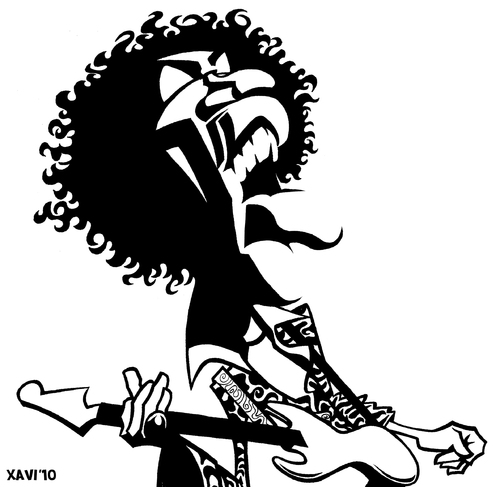 Yes, I studied technical drawing and engineering. This means I know perspective and volumes very well from my youth.
Yes, I studied technical drawing and engineering. This means I know perspective and volumes very well from my youth.
I drew my first caricatures back in university, and I noticed they looked pretty good. That’s why I decided to take a local ‘comic book course’ in my hometown, Reus. My teacher was Marc Sardà, a great illustrator and artist. He opened the door of this world to me, and I’ll be eternally grateful to him.
Do you still change things about your personal style?
Yes, I always want to try something new. Take, for example Matteo Bertelli‘s hair. I had never drawn Rasta hair before…So, I had to try out a couple of different ways of drawing it until I found the right one.
I think we always should try to improve. In my case, I developed from a ”standard” style more or less, to the current one. My objective is this: I want to communicate a maximum of content using a minimum of lines, colors and shapes. I think I have achieved this with the black-and-white style.
The most curious thing is this: one of the reasons that I have reached this goal, it is that I am color-blind – I am frightened of colors! And, obviously, I am more comfortable using black shadows.
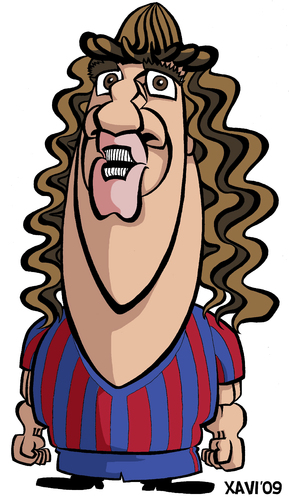 But you do have some colored works in your gallery.. How do you make sure you chose the right colors, say for the FC Barcelona jerseys? Do you memorize their position in Photoshop?
But you do have some colored works in your gallery.. How do you make sure you chose the right colors, say for the FC Barcelona jerseys? Do you memorize their position in Photoshop?
Yeah, you got me! I try to discern them from their position in Photoshop. I also ask my girlfriend to check the colors before I exhibit a picture. Coloring is the hardest part for me!
For some reason, I’ve never asked this question before: How do you decide on whom to draw next?
I like this question. There is more than one motivation to draw a person. Sometimes I like a piece of art created or performed by someone – music, a painting, or a film. Sometimes will draw a person I admire for their career. Or a historic character I have read about, or someone who is in the news. Other times, there is a request. And sometimes I just like the person I am drawing.
Did your new technique change something about the way you perceive lights and shadows?
Of course! I pay attention to light a lot more. For example, when I have to draw a caricature I reject a lot of photos that other artists would use. Why? Because they don’t have shadows, so I can’t see the volumes of the face. Without lights and shadows I can’t develop my drawings. For example, in my version of Michelangelo’s David, I applied a lot of shadows that you almost can’t see in any photo – but I need them to make my drawing live.
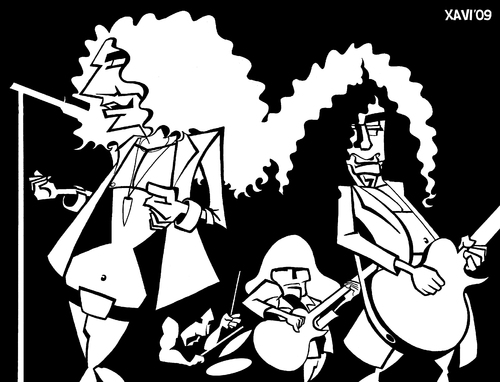 How do you think your style improved over the last few years?
How do you think your style improved over the last few years?
I’d say that now I do a lot more detailed analysis of my ‘victims” faces. I have also become quite meticulous about the shadows and volumes and I try to internalize them. In the last years, developing the style of fragmented shadows has been a step forward, for example in the Jesse Owens piece.
Is there something that you would still like to improve upon?
Yes, one of my weak points is drawing backgrounds, and I love drawing comic books! Therefore I must practice it…
As for human bodies and faces… I have worked with them for a lot of years now, but sometimes I still find another way of drawing something I have already done a thousand times! We can always improve, even on something we perfectly know.
Thanks for your time!
]]>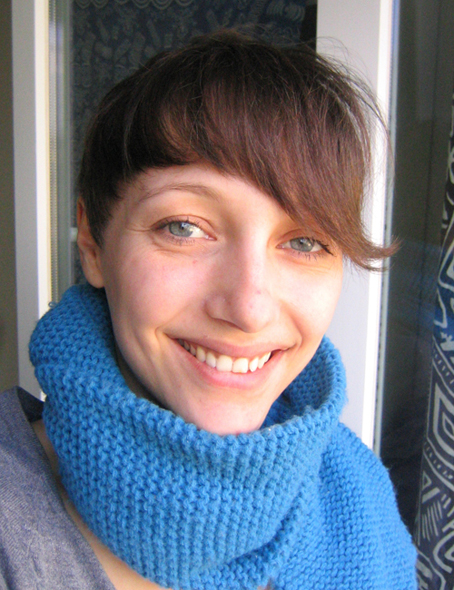
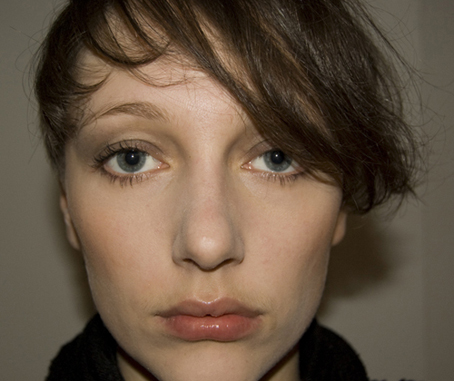
![]()
—-
Edited
23.04.09, 14:07
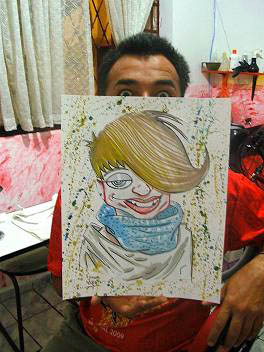
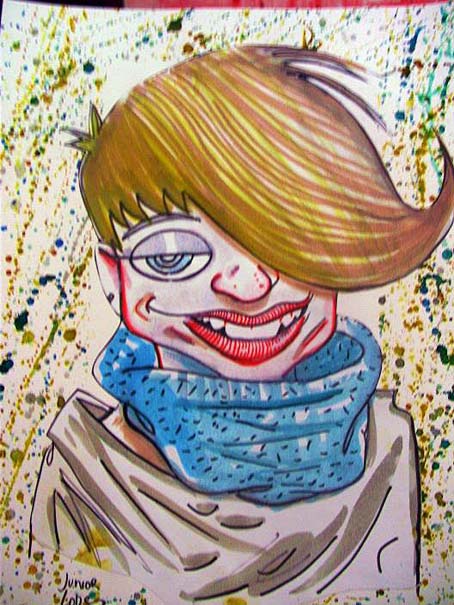
—
And here another submission from artist Witch:
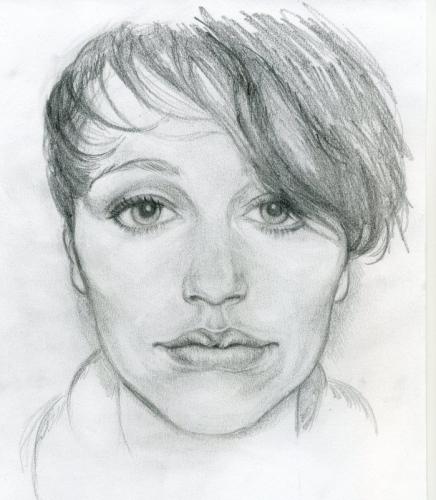
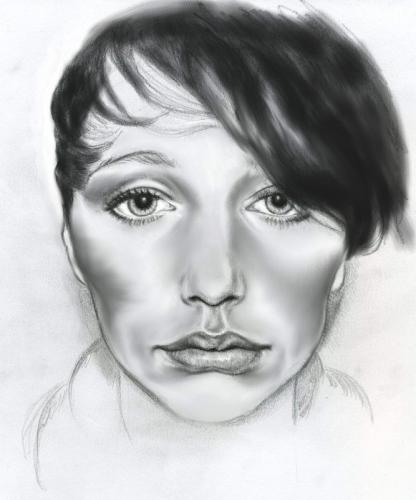
—
Another great one! By Xavier Salvador
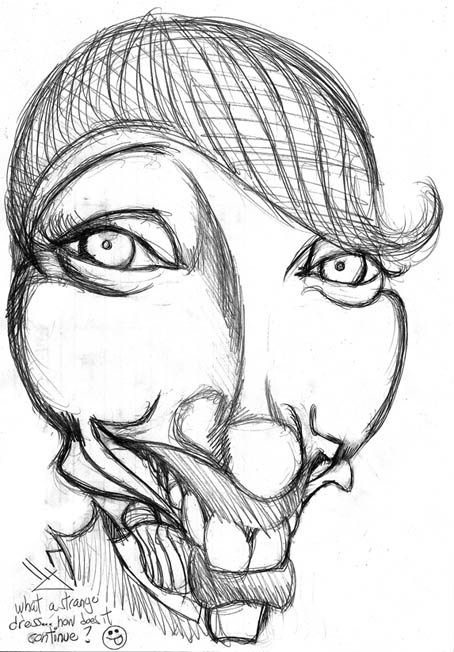
Carolina’s portrait by Quel:
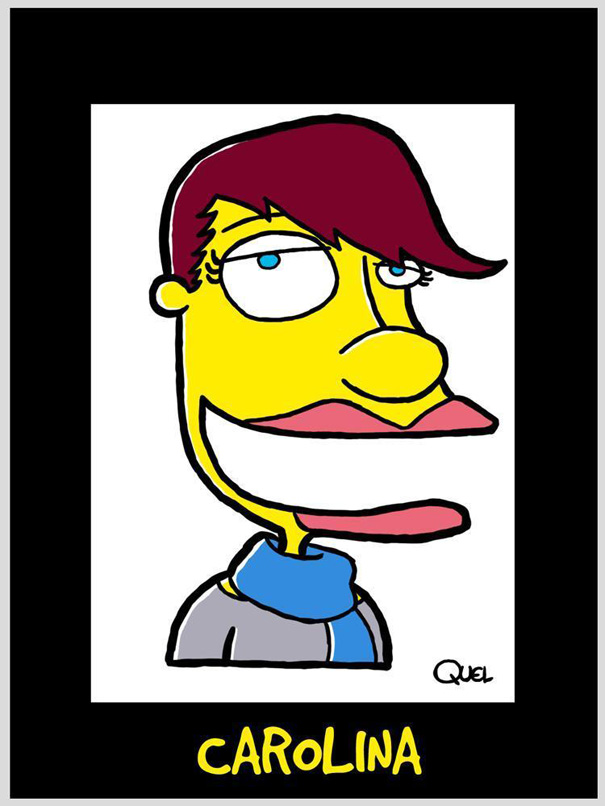
—
by Hezz
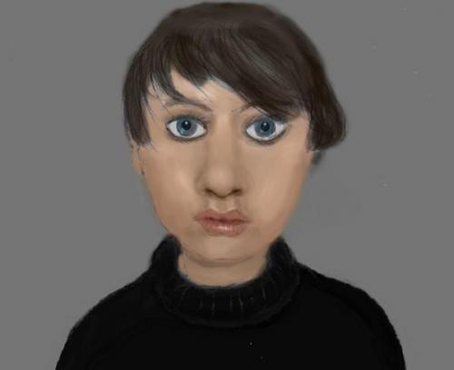
—–
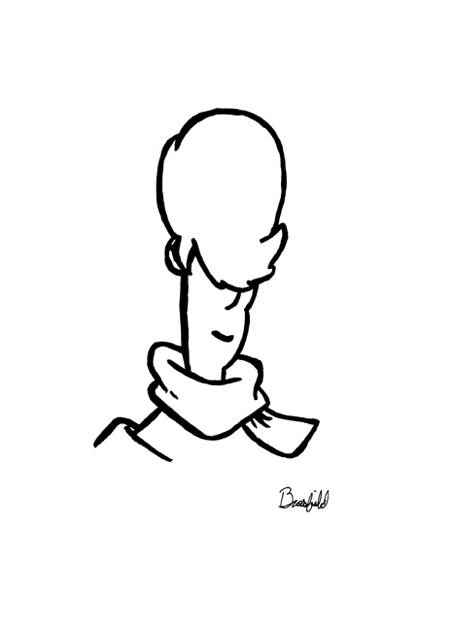
I know it’s not a traditional caricature that’s why I call it a character drawing. I like how it came out.
-David
—
By Ed Hall:
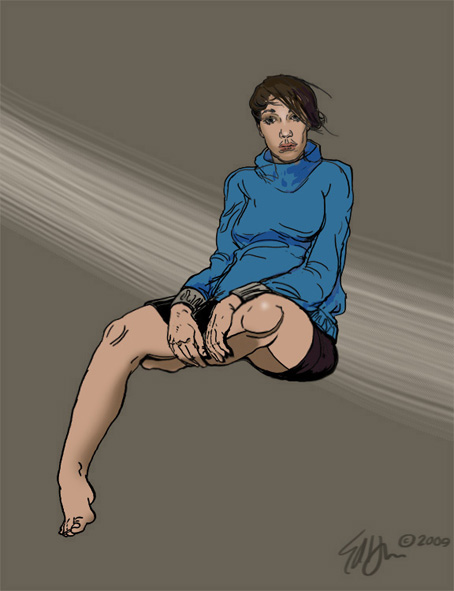
Here is my submission. I hope it’s in keeping with the spirit of the project.
—
Work by Tonio:
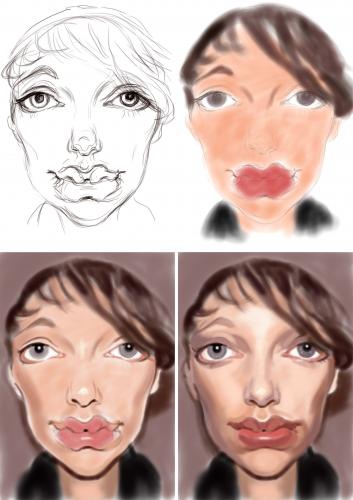
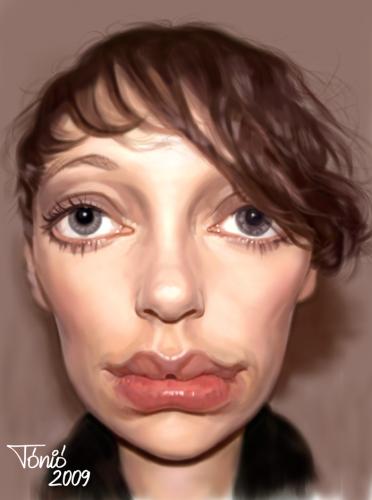
—
Coming from Split/Croatia – grand cartoonist zed drew Carolina:
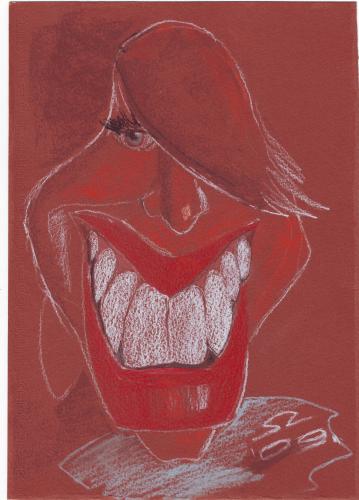
—
![]() Just received by legendary Dario Zapata from Colombia:
Just received by legendary Dario Zapata from Colombia:
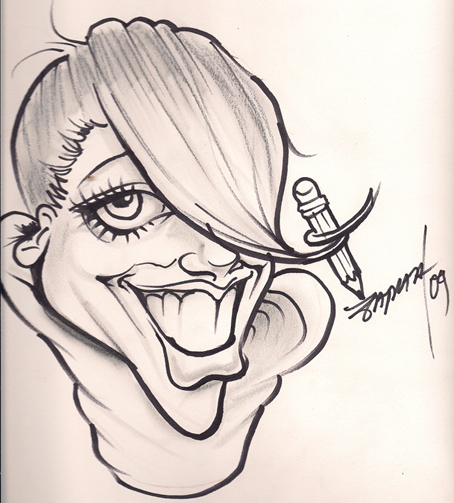
—
A Carolina sketch by artist Jesse Ribeiro from Brazil:

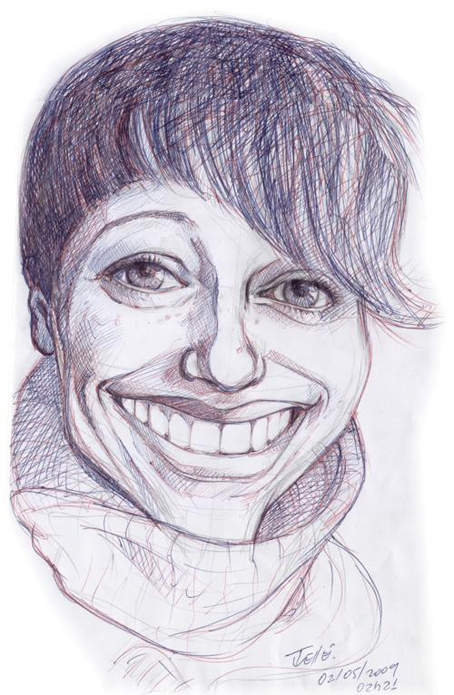
—
Artwork by Dario Zapata from Colombia, a visison:
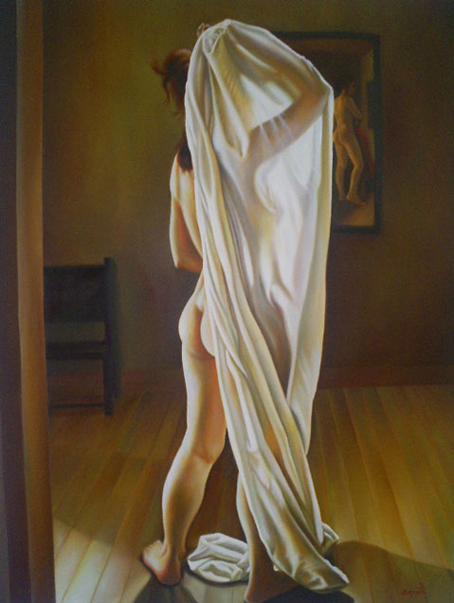
—–
Portrait by famous artist fubu

—
Carolina by marvelous Marcelo Rampazzo, artist from Brazil:
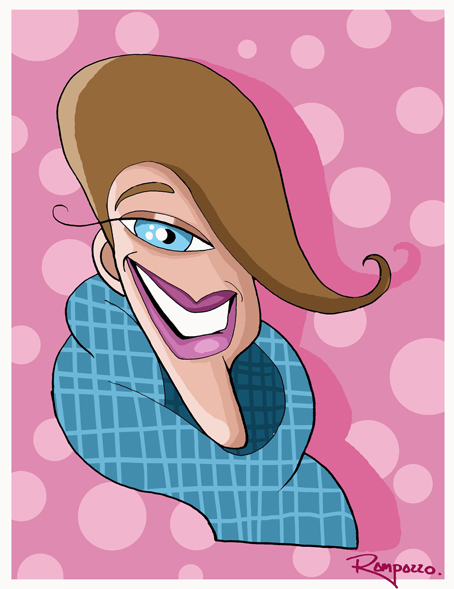
—
THXXX, fubu ![]()
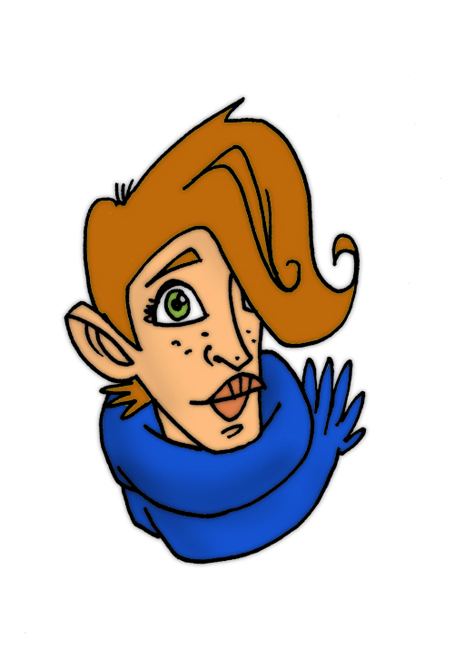
————
By ZED
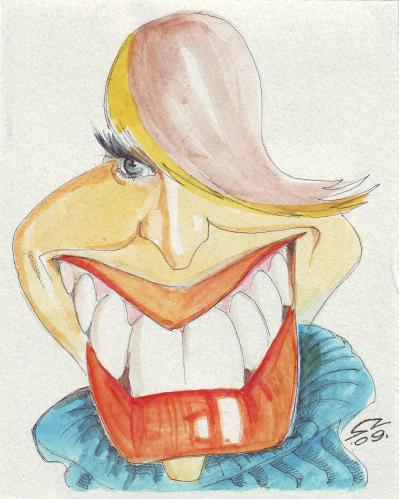
—
Artwork from Romania with love by artist Marian Avramescu:
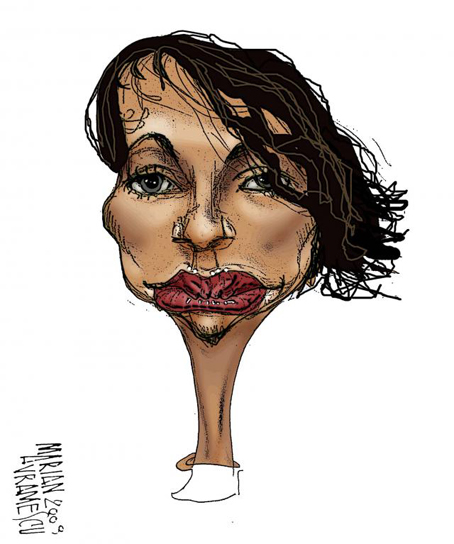
—
Wonderful portrait coming from Argentina by artist Adrian Palmas:
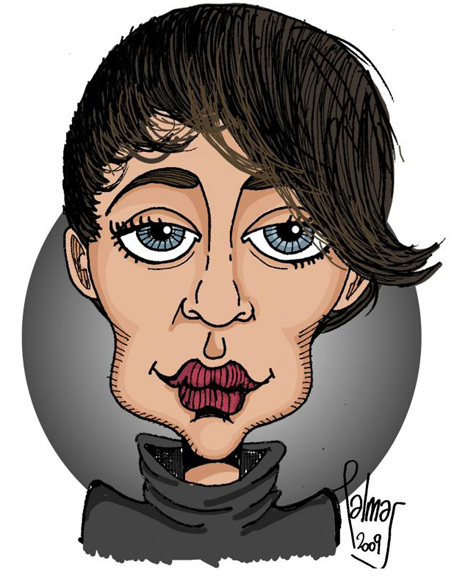
—–
Entry by Marvelous Menekse from Izmir/Turkey:
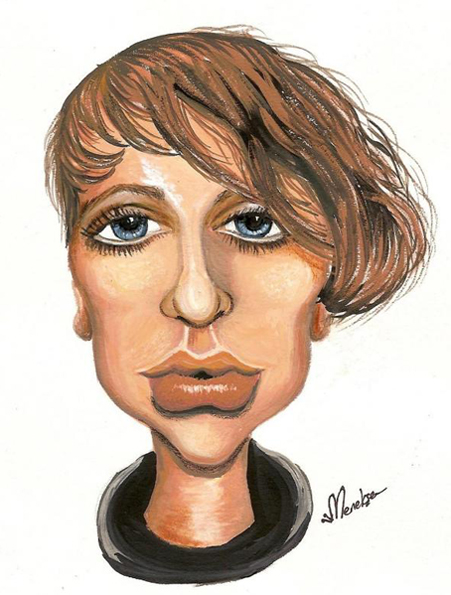
—-
another awesome contribution by salnavarro
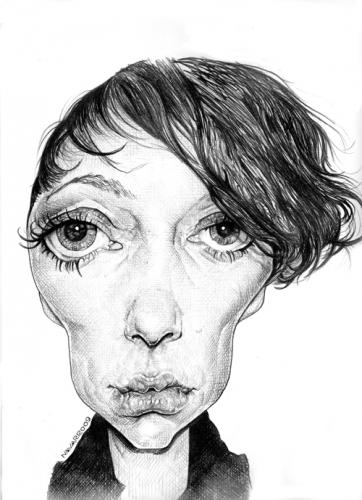
—
Another wonderful contribution by KARKA
